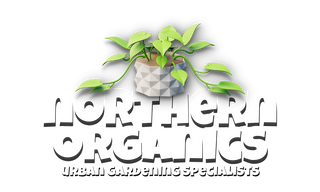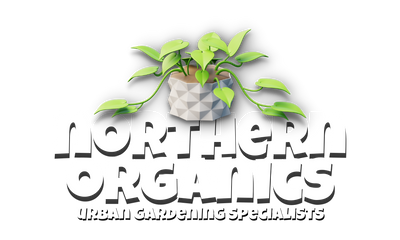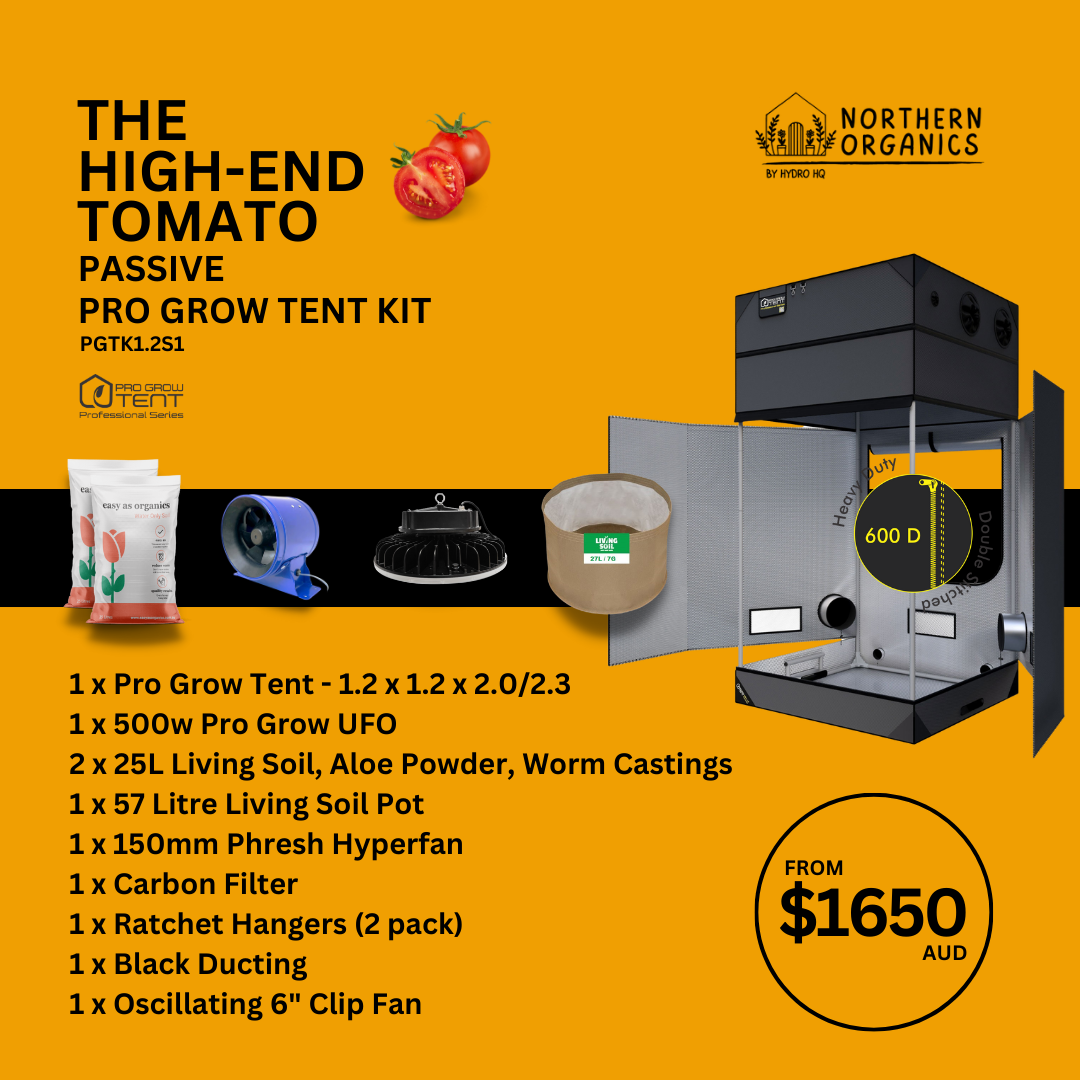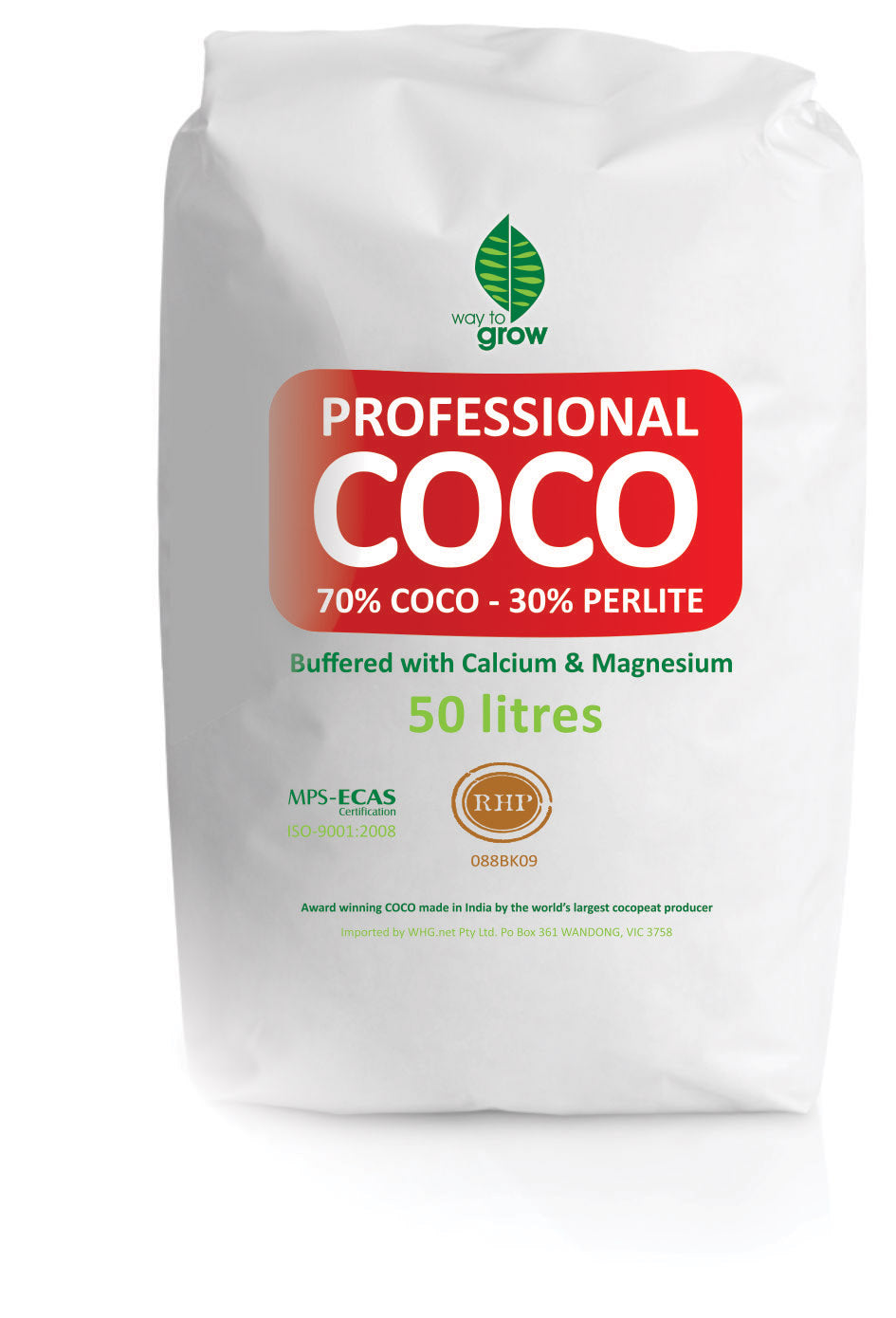Systemic Acquired Resistance and Induced Systemic Resistance
Systemic acquired resistance (SAR) and induced systemic resistance (ISR) are two biochemical signalling processes plants can utilise to protect themselves from attacking pests and pathogens, each with distinct triggers and mechanisms.
Systemic acquired resistance (SAR) is activated when a plant is attacked by a pathogen or treated with certain chemicals. It activates a signalling pathway that spreads throughout the plant, preparing it to defend against future infections. SAR is often linked with the build-up of salicylic acid (SA), a compound involved in plant defence. It usually takes hours to days to develop after the initial threat.
On the other hand, induced systemic resistance (ISR) is triggered by beneficial microbes, like certain bacteria or fungi, colonizing the plant's roots or other parts. These microbes prompt the plant to activate its defence responses, making it more resistant to a wide range of pathogens. Unlike SAR, ISR doesn't rely on salicylic acid build-up but involves other signalling molecules such as jasmonic acid (JA) and ethylene. ISR can develop rapidly, sometimes within hours or days after the plant is colonized by beneficial microbes.
Growers can harness systemic acquired resistance (SAR) and induced systemic resistance (ISR) to bolster crop production in diverse ways. Beneficial microbes like rhizobacteria or mycorrhizal fungi can be applied through methods such as seed and transplanting treatments or direct soil drench applications. Employing crop rotation or polyculture systems helps foster diverse soil microbial communities, promoting ISR while deterring pathogen buildup. Moreover, biocontrol agents, including predatory insects or microbial antagonists, can be introduced to manage pathogen populations and stimulate ISR.
Natural extracts or elicitors derived from plants, fungi, or bacteria can also be utilized to trigger SAR or ISR responses in crops. These natural extracts can be applied to plants through foliar sprays, root drenches, or seed treatments to induce ISR and enhance plant immunity against pathogens.
Several natural extracts have been found to elicit a systemic acquired resistance (SAR) response in plants. Some of these extracts include:
- Salicylic acid (SA): While salicylic acid is a naturally occurring plant hormone involved in various physiological processes, exogenous application of SA has been shown to induce SAR and enhance plant resistance to pathogens.
- Jasmonic acid (JA): Jasmonic acid is another plant hormone involved in defense responses against herbivores and pathogens. Application of JA or its derivatives can trigger SAR and enhance plant resistance to certain pathogens.
- β-Glucans: β-Glucans are polysaccharides found in the cell walls of fungi, bacteria, and plants. They can act as elicitors of SAR when applied to plants, stimulating defense responses against pathogens.
- Chitosan: Chitosan is a derivative of chitin, a component of fungal cell walls. Application of chitosan to plants can induce SAR and enhance resistance to various pathogens.
- Plant-derived essential oils: Some essential oils extracted from plants possess antimicrobial properties and can induce SAR in treated plants. Examples include oils derived from neem, oregano, rosemary, thyme, and cinnamon.
Some examples of natural extracts have been found to elicit induced systemic resistance (ISR) in plants include:
- Rhizobacteria-derived compounds: Certain compounds produced by beneficial rhizobacteria, such as Bacillus and Pseudomonas spp., can induce ISR in plants. These compounds include lipopolysaccharides (LPS), cyclic lipopeptides (CLPs), and volatile organic compounds (VOCs) emitted by the bacteria.
- Mycorrhizal fungi extracts: Mycorrhizal fungi form symbiotic relationships with plant roots and can induce ISR in the host plant. Extracts from these fungi, such as mycorrhizal exudates or spore extracts, have been shown to enhance plant resistance to pathogens.
- Chitin and chitosan: Chitin and its derivative chitosan, found in the cell walls of fungi and insects, respectively, can act as elicitors of ISR in plants. These compounds stimulate plant defense responses and enhance resistance to various pathogens.
- Plant-derived secondary metabolites: Certain secondary metabolites produced by plants, such as flavonoids, terpenoids, and alkaloids, can induce ISR in neighboring plants. These compounds are released into the environment through root exudates or volatilization and can prime nearby plants for enhanced defense against pathogens.
- Seaweed extracts: Compounds of seaweed, such as laminarin and fucoidan, contain polysaccharides that can induce ISR in plants. These extracts have been shown to enhance plant resistance to pathogens and improve overall plant health.
- Plant growth-promoting rhizobacteria (PGPR) extracts: PGPR strains produce various metabolites, such as indole-3-acetic acid (IAA), siderophores, and hydrogen cyanide (HCN), which can induce ISR in plants. These metabolites enhance plant growth and confer resistance to pathogens. Examples of plant growth-promoting rhizobacteria include Azospirillum, Bacillus, Pseudomonas and Rhizobium bacterial species.
In addition to application of compounds listed above, implementing optimised cultural practices that bolster overall plant health, such as balanced nutrition and proper irrigation, supports SAR and ISR mechanisms. Integration of SAR and ISR strategies into an IPM framework reduces reliance on synthetic pesticides. Through these methods, growers can enhance crop resilience, minimise reliance on chemical inputs, and improve yield and quality while promoting sustainable agricultural practices.





